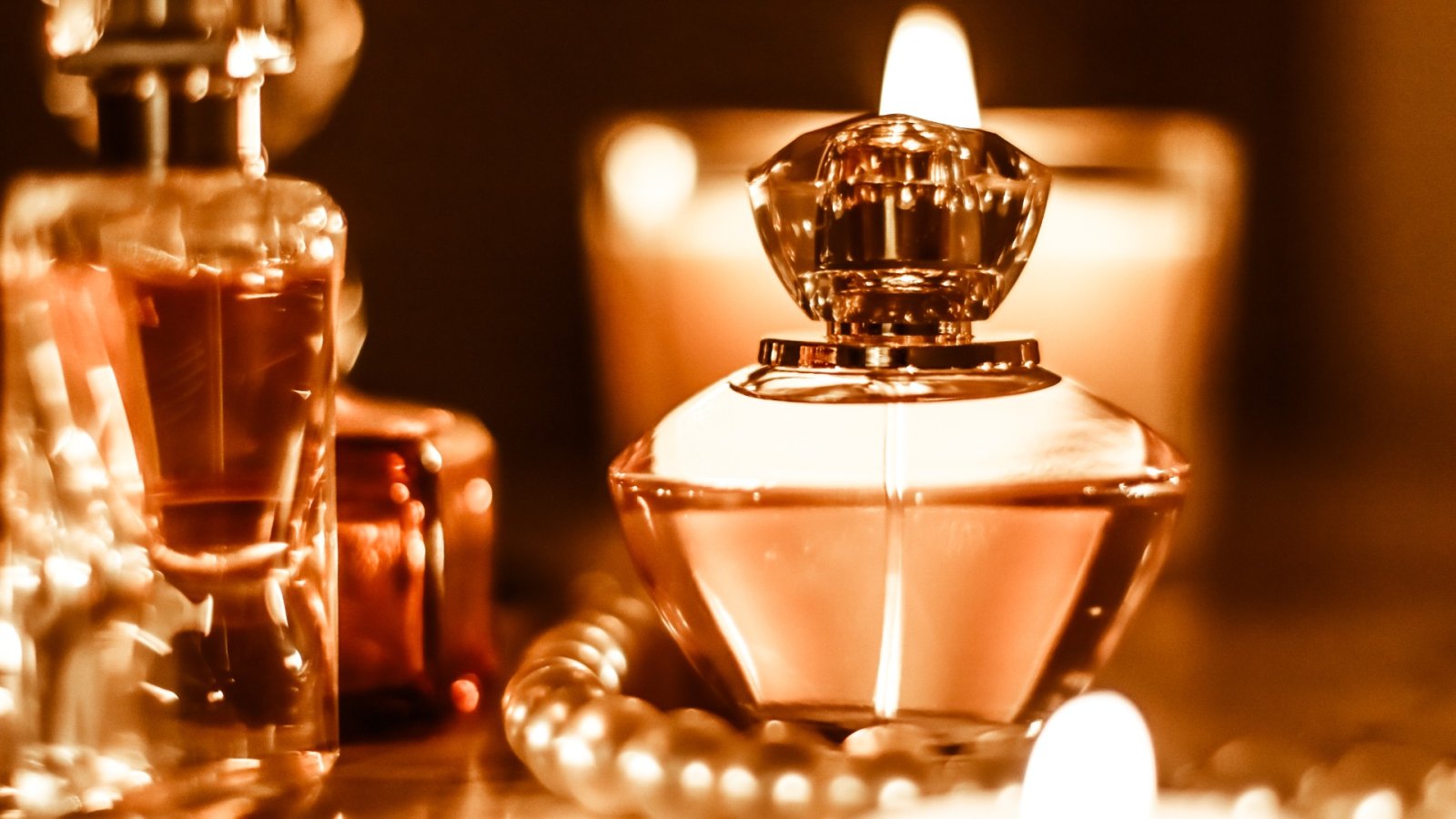The luxurious scent of jasmine permeates much of Indian culture. Known as mogra or chameli, jasmine flowers are ubiquitous in rituals, prayers, and daily life across the subcontinent. Their delicate white blossoms are woven into the hair of brides and worn by young women as a symbol of beauty. Traditional homes display jasmine garlands and bouquets as offerings to deities and ancestors.
Nowhere is India's romance with jasmine more apparent than on the country's legendary "jasmine trail." Running from the coastal towns of Kashmir and Karnataka down to Kerala's tropical backwaters, this fabled route follows the plant's cultivation from north to south. In each region, local artisans craft the blooms into delicate aromatics. In Mysore, royal families historically cultivated prized varieties to grace their palaces and adorn themselves with jasmine malas. Along Kerala's backwaters, boatmen sell fragrant jasmine strands plucked fresh from vast night-blooming fields.
The trail reveals how jasmine has wound its way into every fabric of Indian life. Its sweet scent lingers in memories, myths, and daily rituals across the land. For anyone seeking to immerse themselves in India's complex culture, its journey along the jasmine route provides an especially fragrant path.
Of all the flowers treasured in Indian culture and perfumery, none captivates Paul Austin quite like jasmine. In 2018, after decades of crafting scents, Paul partnered with Anita Lal to launch LilaNur Parfums, an Indian luxury fragrance house focused on elevating the country's floral bounty.
Their mission was to pair renowned "noses" from the West with the finest indigenous blooms, like jasmine. Across India's rural landscapes, smallholder farmers have traditionally nurtured rare jasmine varieties that perfume the nights. But increasing industrialization and climate pressures now threaten these delicate crops and livelihoods.
Through LilaNur, Paul and Anita aim to showcase Jasmine's little-known yet crucial role in international perfumery. While Western stories often center on places like Grasse, India holds a treasured but overlooked legacy as one of jasmine's birthplaces. Venturing into rural growing regions unveils both how diverse Indian varietals transform scentscapes and why supporting smallholder communities matters.
Together, they hope to spread appreciation for jasmine and empower those carefully cultivating its seductive blooms for generations. Their efforts illuminate why this night queen remains one of India's most prized — and worth protecting — floral gifts to the world.
Across rural Tamil Nadu, jasmine flows in abundance. Somewhere between 160,000 to 190,000 tons of the precious white blooms are harvested annually by thousands of farmers. While many blossoms are sold for religious offerings or garlands, the majority are destined for jasmine concrete and absolute - the extracts prized worldwide in perfumery.
The principal cultivars used are night-blooming royal jasmine and Arabian jasmine. Walking among the farms this morning, the air thickly perfumes with their tiny flowers, which speckle the leathery bushes. Dozens of pickers silently collect the blooms in burlap sacks, carefully gathering each day's harvest.
This farm is owned by a local villager and supplies to Jasmine CE, run by Raja and Vasanth. Their company manufactures and exports floral extracts, including jasmine concrete and absolute. It meets the rigorous social and environmental standards required by perfume houses like LilaNur.
Across the region, perfume production provides livelihoods but historically with less regard for workers and surroundings. Jasmine CE represents a brighter future, as sustainable cultivation and fair practices become ever more crucial to this precious night queen's legacy. Its fragrant future, and that of the communities nourishing it, depend on stewardship that respects both lands and people.
Out in the flickering dawn light, the jasmine pickers are hard at work. Mostly Dalits from the local village, they move quietly between the blossom-freckled bushes, filling their burlap sacks with the night's delicate blooms. Once full, the sacks are weighed before rapid transport to the Jasmine CE processing plant. There, the precious white harvest must be extracted within 6-9 hours to preserve its fresh fragrance.
Just picture the flowers' journey: mountains of plucked blossoms emptied into vast steel drums for washing and drying. Huge volumes of plant matter transformed through extraction into that prized waxy slab, smaller than my palm but worth more per ounce than gold for its sacred scent.
This essence will perfume cosmetics, calendars of Hindu gods, and international designer perfumes alike. But it begins with these humble pickers, quietly gathering another dawn's bounty of jasmine's fleeting blooms before the day takes their freshness away. Their work ensures this night queen's legacy lives on in noses around the world.






